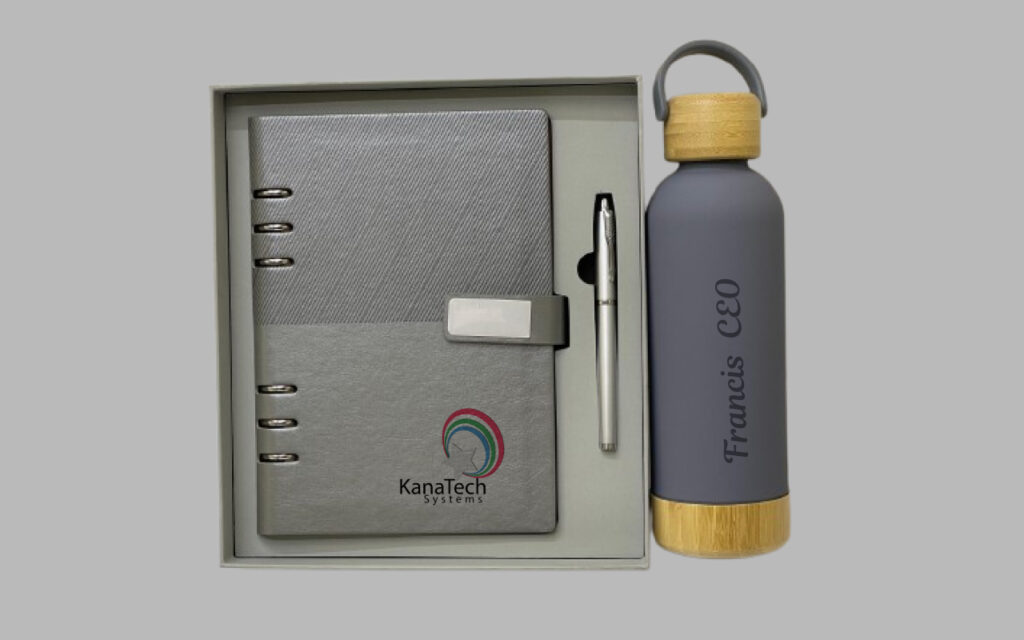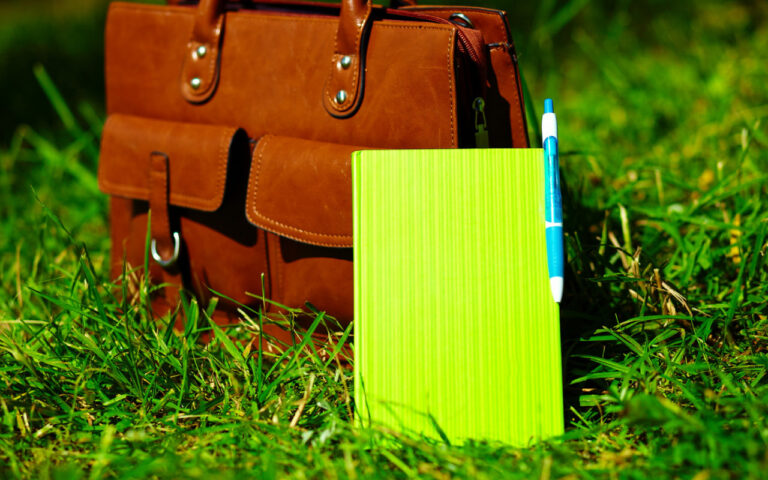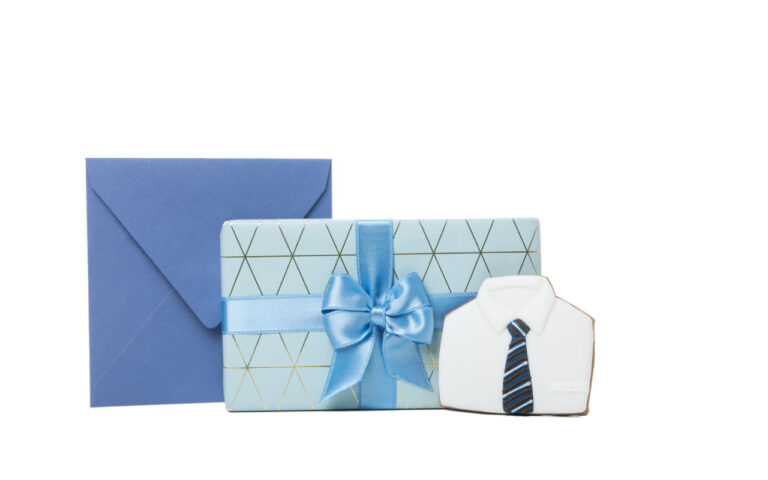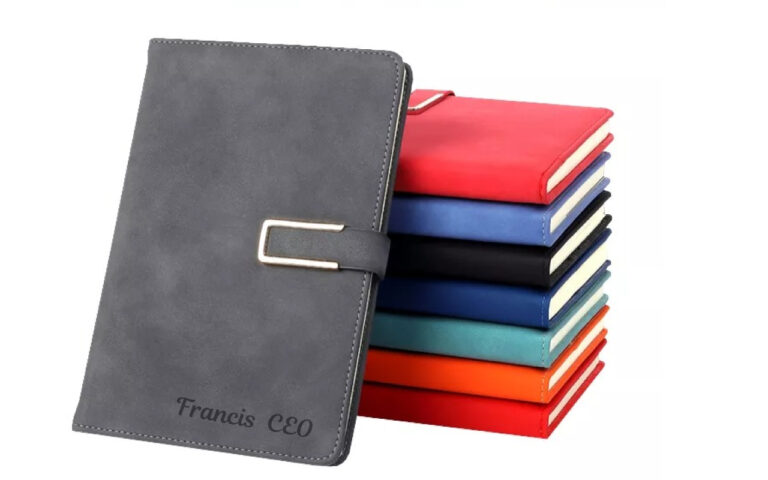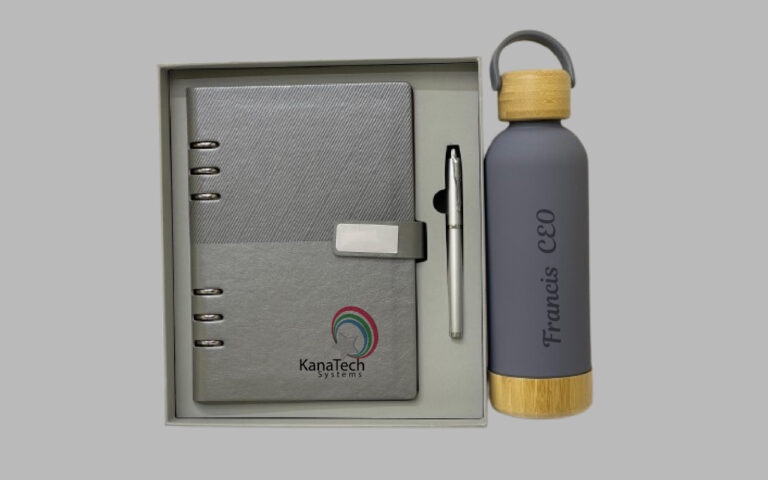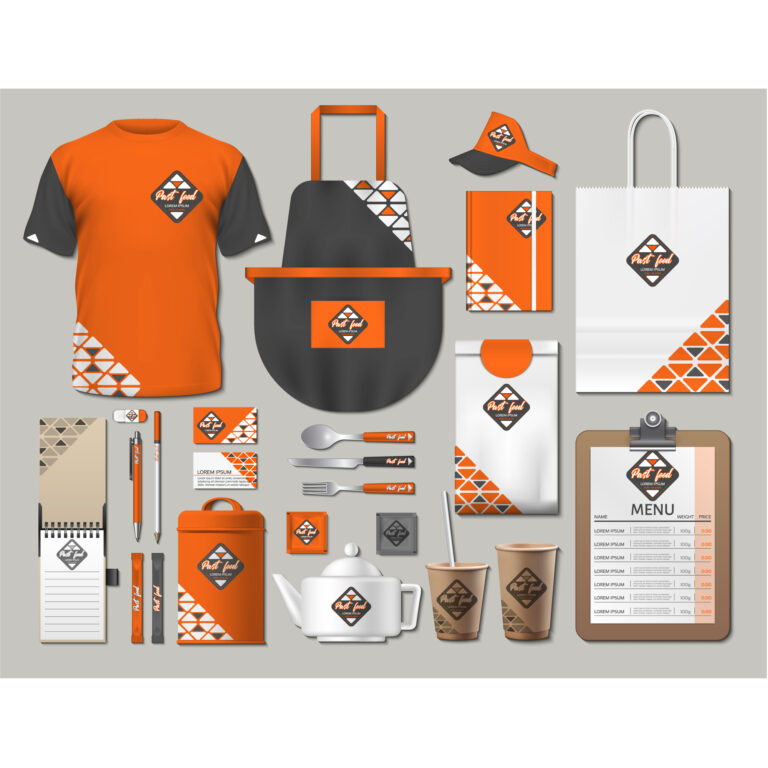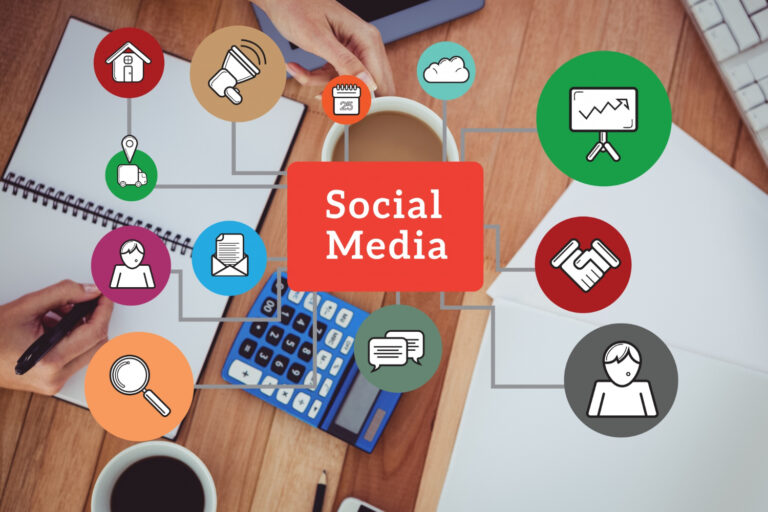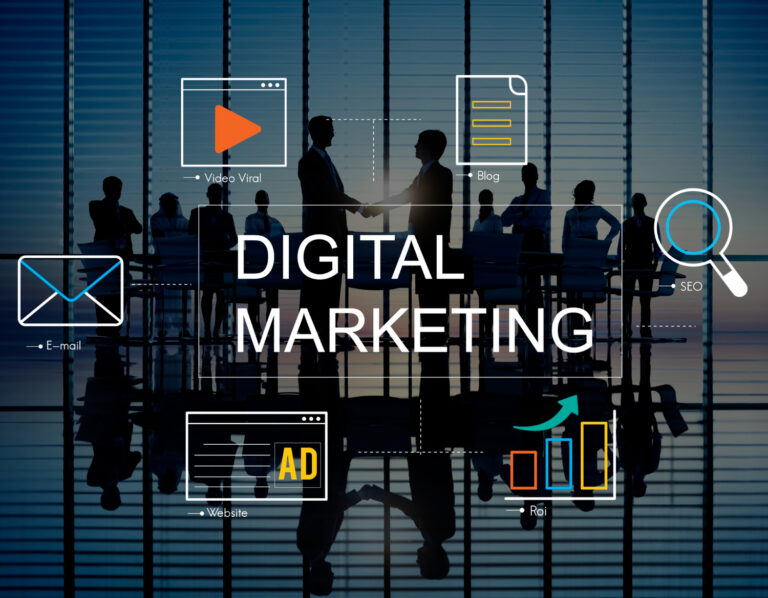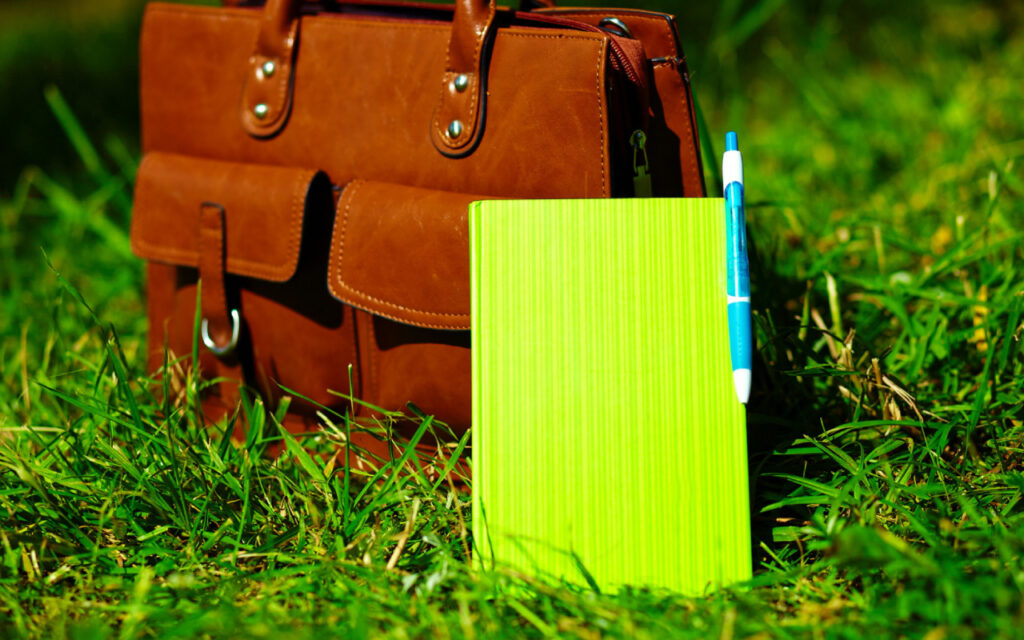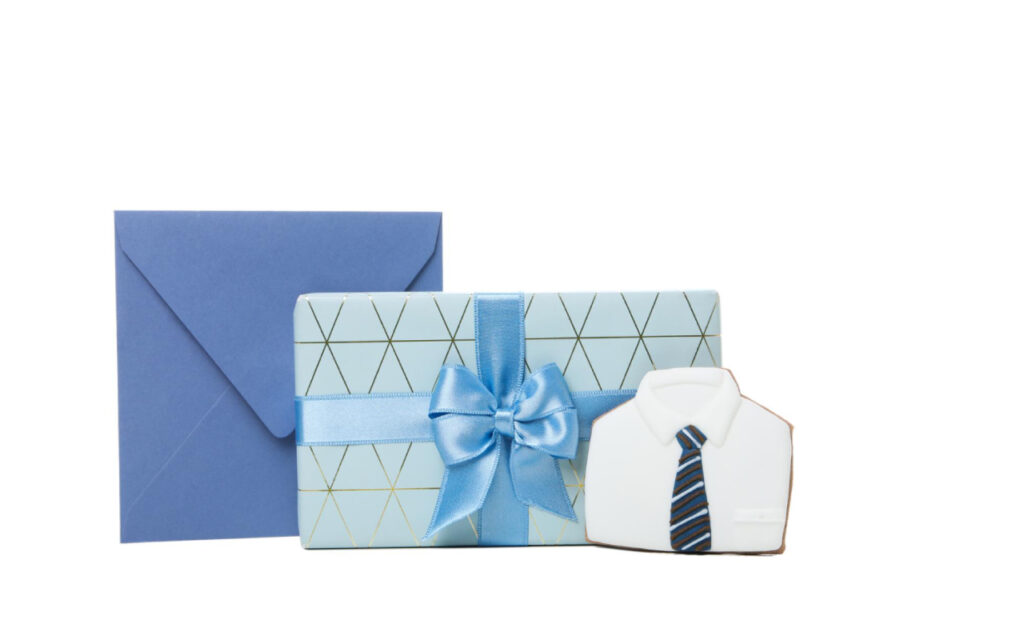When businesses give gifts – whether to clients, employees, or partners – the branding on those gifts on-either pens, mugs, diaries, or apparel-can make a big difference. It’s not just about slapping your logo somewhere; the method you use (engraving, screen printing, sublimation, embroidery etc.) determines how the logo looks, how durable it is, how professional you appear, and the overall cost. For Kenyan companies that want value, quality, and lasting impressions, understanding the different branding methods is essential.
Below, we explore the most common customization techniques, pros & cons, what products each suits best, and tips to choose wisely.
1. Engraving / Laser Engraving
-
What it is: Engraving involves removing material from the surface (or “burning in”) using a laser or rotary tool. The result is a permanent etch in metal, wood, glass, or sometimes plastic. Engraved logos are often tone-on-tone (silver, gold, or etched look).
-
Best for: Items like metal pens or plaques, keychains, flasks, wooden awards. When you want a premium feel and longevity.
-
Advantages: Very durable; logo won’t peel or fade easily; gives a high perceived value; minimal maintenance.
-
Disadvantages: Limited color options; detail might be lost on very fine or small surfaces; usually more expensive than simple print methods.
-
What it is: A stencil (screen) is used; ink is pushed through to apply a solid colour design layer by layer. Good for bold, large logos.
-
Best for: Apparel (T-shirts, caps, uniforms), bags, umbrellas, flat / larger surfaces.
-
Advantages: Cost-effective for larger batches; good color coverage; can handle fewer colors well; durable if done well.
-
Disadvantages: Less effective for very small or fine text/detail; setup for each color adds cost; not always ideal for continuously curved or very small surfaces.
-
What it is: A digital, heat-transfer method. Image or design is first printed on a transfer paper using special inks; then heat is applied to cause the ink to “sub-limate” into the substrate (polyester fabrics or polymer-coated items).
-
Best for: Polyester apparel, mugs/flasks/bottles with a special coating, full-colour designs or photo-quality graphics.
-
Advantages: Full colour rich graphics; the design becomes part of the surface so less likelihood of peeling or cracking; vibrant results.
-
Disadvantages: Only works with compatible materials; white or light surfaces often work best; heat required (which can distort some materials); more costly for small orders depending on setup.
4. Embroidery
-
What it is: Stitching thread into fabric to create the logo or design. Think caps, hoodies, jackets, polo shirts etc.
-
Best for: Apparel where you want a textured, upscale look; fabric bags; hats.
-
Advantages: Durable; gives a premium, tactile feel; logo tends to last many washes; associated with quality.
-
Disadvantages: Higher cost per piece; limited in terms of very detailed graphics; thread colours have limits; raised texture might not work with all design styles.
Real-life example in Kenya
Kenyan firms often choose engraved pens & plaques for executive gifts, embroidered apparel for staff uniforms, sublimated mugs or water bottles for giveaways.
Also, there are local branding service providers sharing prints of methods. For example, Mauchsberg Promotions highlights screen printing and sublimation as key options.
Choosing the right branding method for your corporate gift is more than an aesthetic choice: it affects how long the gift lasts, how your brand is perceived, and whether the cost makes sense. For businesses in Kenya wanting to leave a good impression, match your method with the material, design, usage, and budget.
At Kanatech, we offer multiple branding methods – engraving, screen printing, sublimation, embroidery – so you can find the best fit for each item. If you need advice, reach out; we’re happy to help ensure your corporate gifts look great and last well.

